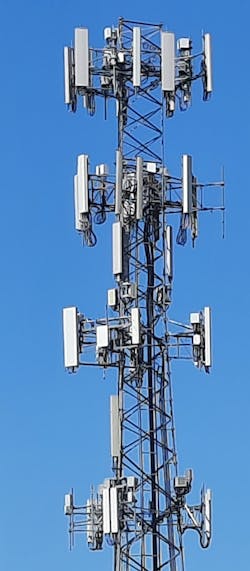The Telecommunications Industry Association (TIA) on May 2 announced that its TR-14 committee, which oversees TIA’s standards for towers and antenna supporting structures, has begun the process of updating the TIA-222-H standard since the document's last full revision in 2017. TIA invites all industry stakeholders to submit input for the update of TIA-222-H to TIA-222-I.
TIA-222 is a structural standard that defines requirements for antenna supporting structures to ensure they meet the needs of modern communications systems in various environmental conditions like wind, snow, and ice.
The TIA notes that "the standard has been in existence for over 60 years and is relied on by a range of organizations, including communications service providers, utility companies, construction firms, and all levels of government. It is also relied upon by other standards and regulatory organizations such as the International Building Code and OSHA which act to preserve public health and safety in the built environment," added the association.
Drones on deck
TIA's announcement of the standard's open revision period further noted that one of the new practices expected to be deliberated in the TIA-222 revision is standardization of the use of drones to inspect towers and structures.
TIA notes that drones are increasingly being used to reduce the number of climbs required by an engineer or technician, and to provide near real-time information about the structure to tower owners, operators, and the maintenance work force, helping to save both time and money for all stakeholders.
For instance, in 2020, Samsung introduced its drone-based AI platform to optimize 5G network performance; the manufacturer said the platform automatically measures antenna rotation and tilt "at the touch of a fingertip" using a mobile device, and can improve tower climber safety and efficiency in network maintenance.
Tom McGarry, vice president of standards at TIA, commented, “The TIA-222 standard is critical for wireless networks, backhaul, and especially 5G deployments to meet the need for more structures to host wireless antennas that will expand coverage and improve services. Our members have maintained this structural standard for over half a century, and now, with the potential inclusion of drones to help businesses reduce risk and costs, the standard will continue to be vital for the next generation of wireless network deployments.”
TIA invites all industry stakeholders who are interested in participating in the revision of TIA-222 to contact [email protected].


